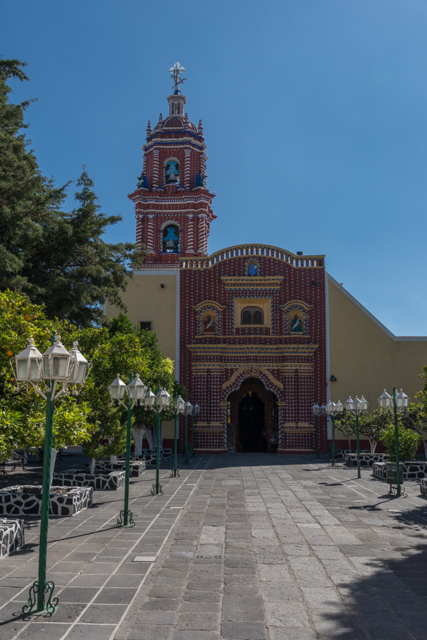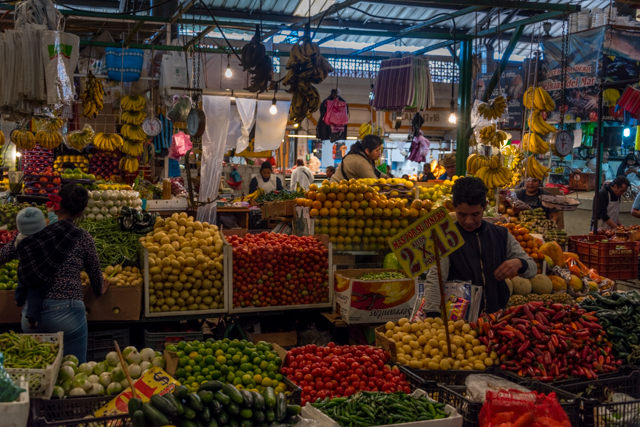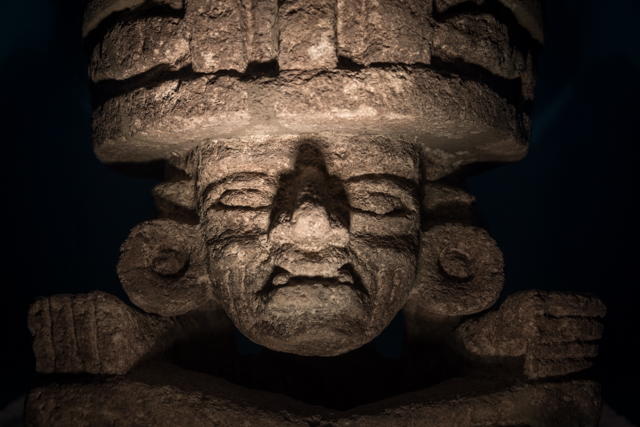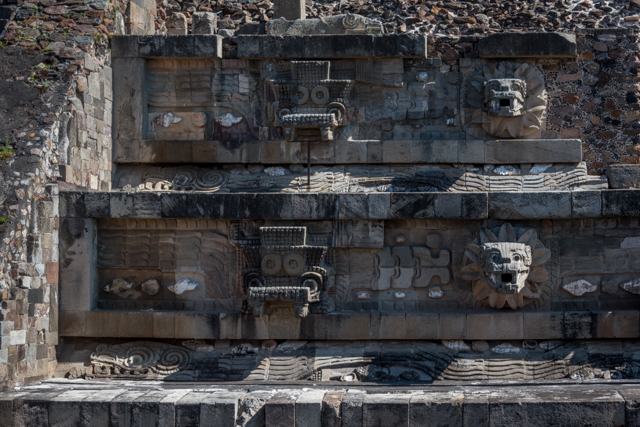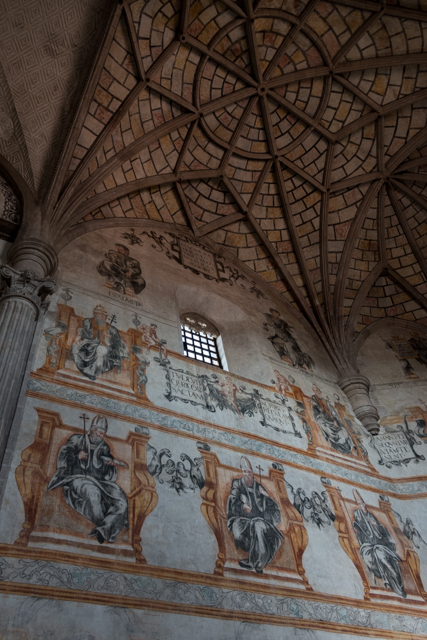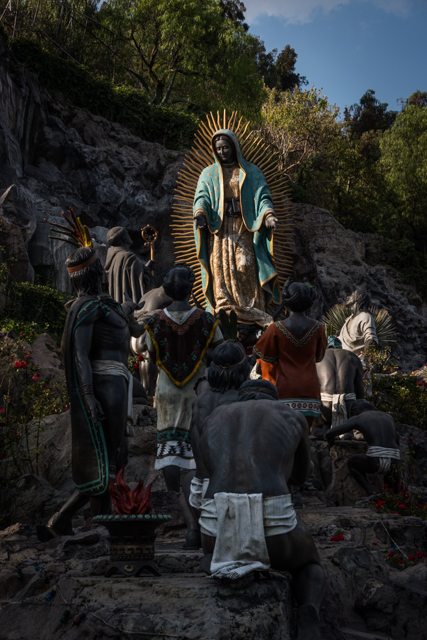


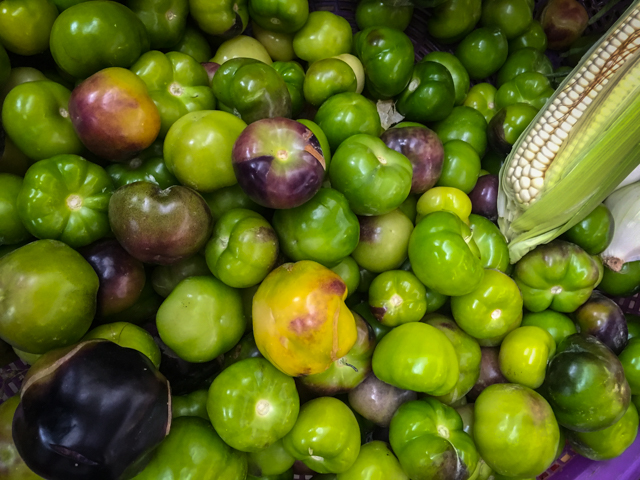




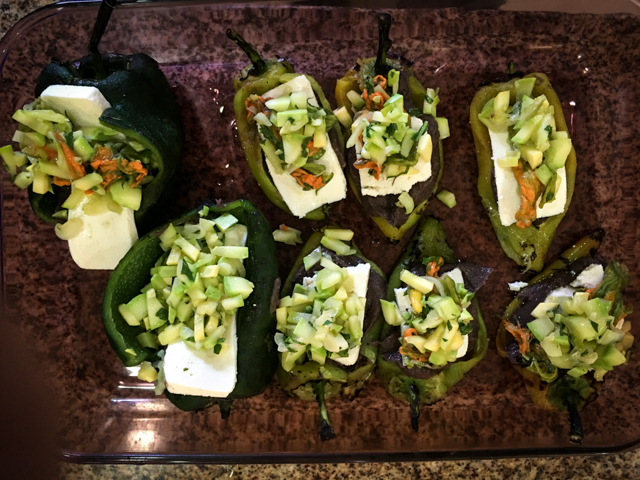





Today started with a brief walk into town followed by a hearty breakfast at La Ola, fruit salad, green juice and a tortilla with cheese and guacamole, and coffee obviously. Then on to the main business of the morning – a cooking class.
We started at a local market, the stalls have all the vegetables and fruit you’d expect and many more mysterious things we’ve never seen or tatsed before. Our teacher, Pilar likes to buy from the ladies who bring small amounts of things to sell rather than the established stalls, its fresher and it’s better to support them. Everything is organic because nobody uses any chemicals on anything. The market feels like the centre of the community, people are eating and drinking in groups and everyone seems to know everyone else. Near the market, there is a small place that does grinding for everyone. They have machines for wet or dry corn, cacao and a number of other ingredients. People bring in a bucket of corn, for example, and this is then mashed up and used in things like tamales – stuffed corn or banana leaves. We learn that the secret to cooking corn is to add calcium as it dissolves the husks and makes the corn smooth enough for tamales pastes and tortillas.
Pilar has a beautiful house with a beautiful black cat called Matilda. The house has a large open plan lounge, kitchen and dining area with a light well in the centre to keep it bright. She explained the heaps of ingredients, which have been laid out in baskets for each dish. The class had five students and we worked our way through chopping, peeling and cooking six dishes with Pilar explaining what we are doing and why along the way. It all comes together after an hour and a half and there’s just time for a glass of Mezcal and some appetisers before lunch. The food was very good, many of the dishes have stronger or lighter hints of chilli but it’s in the background along with many other flavours. There’s also a very nice Mexican red wine to go with it (cabernet grenache).
At 2:30pm, our guide came to pick us up for our next adventure – a visit to the Zapotec town of Monte Alban. This is an older pre-hispanic town built on top of the highest hills in the area from about 500BC. The site is a strategic position with views along all the possible approach routes. It’s almost deserted, with maybe 10 to 15 other people there. We started with the Pelota court, the best preserved we’ve seen. The rules of this ball game aren’t too well understood but it’s known that the two teams of three players represented all the realms of the underworld, the earth and the sky. Zapotecs were less cruel than the Aztecs; the winners were honoured rather than sacrificed.
Around 500AD the Zapotecs discovered that cooking corn with limestone changed its texture and made it more versatile, exactly the process we’d been told about in the market that morning. This was important for them because it meant they could make bread and other food that could be stored and this led to an increase in the population and the formation of further nearby cities.
One building on the south side has a number of stone reliefs of figures, the first assumption was that these were dancers so it was named Los Danzantes – also the name of the previous night’s restaurant. Subsequent research however has shown it to be very different, the figures all have mutilated genitals and are actually contorted in pain rather than dancing; this is now believed to be what was done to captured enemies and served as a warning to others.
From the highest point at the south of the city there are fantastic views of the rest of the site, the town of Oaxaca and all the surrounding valleys and mountains. Our guide, Montserrat was very good, she had an endless array of facts at her finger tips which brought the place to life and explained many subtleties of the layout. She is passionate about the site, and archeology in general.
All too soon we have to return to our hotel. We drove through some parts of the town we hadn’t seen yet, more beautiful churches, a local religous festival and the old railway station where the remaining wagons are slowly being converted into a number of little cinemas.
We hope to come back to Oaxaca, it’s a beautiful town with so much to see, do and eat!
There’s just time for a quick shower before taking the overnight bus to San Cristóbal de las Casas.














